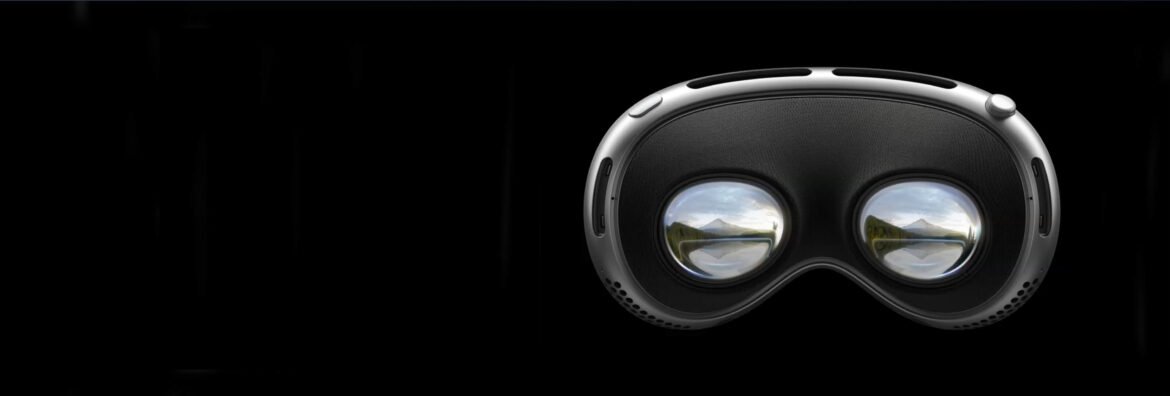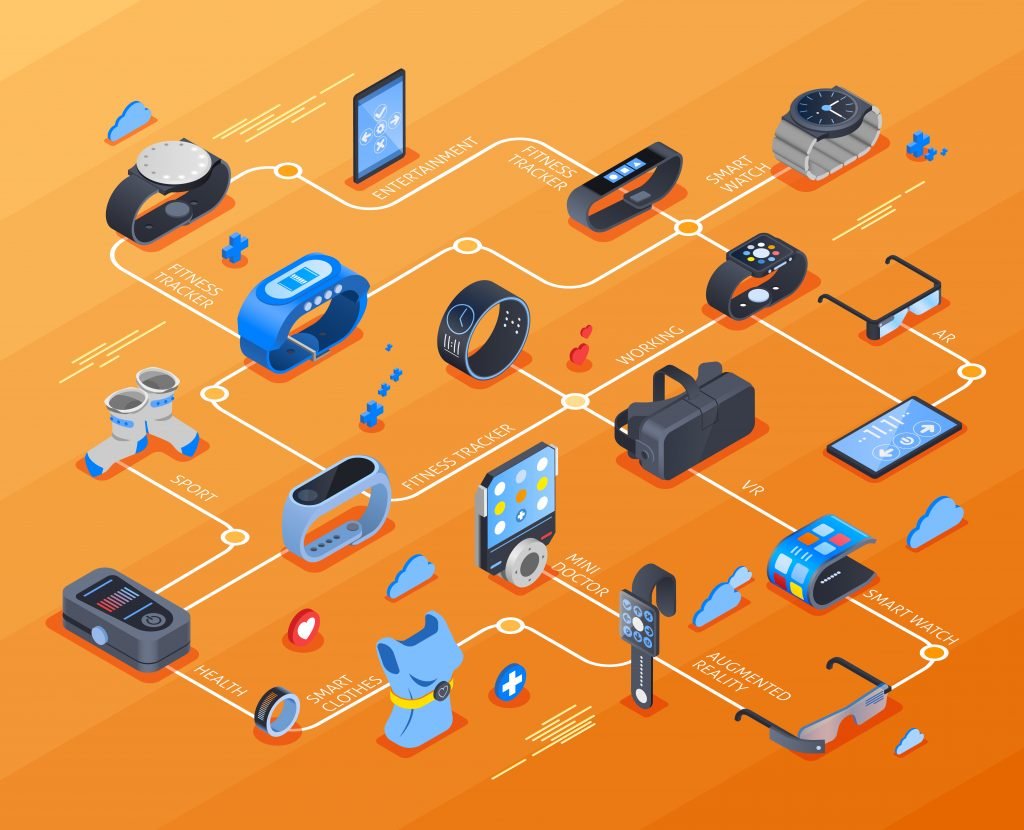
Evolution of Wearable Technology
Historical Overview
Wearable technology has been a part of human innovation for centuries. Its journey began with simple yet functional inventions like wristwatches in the 16th century and steadily evolved into sophisticated devices we see today.
For example, consider the early health-monitoring wristbands of the 1980s, which were rudimentary in functionality but paved the way for modern devices. The introduction of personal computers and later smartphones in the 1990s sparked the rise of electronics integration into daily attire. This period saw the creation of devices that could track basic health metrics like steps and sleep patterns.
Technological Advancements
As the 21st century progressed, wearable technology experienced an explosion of innovation. Advancements have included:
- Integration of sensors: Enhanced capabilities for tracking vital signs such as heart rate, blood pressure, and oxygen saturation.
- Bluetooth and Wi-Fi connectivity: Allowing for real-time data sharing with smartphones and cloud-based applications.
- Advanced displays: Transitioning from basic LED screens to high-definition touch interfaces that provide user-friendly interactions.
These advancements have positioned wearable technology as an essential component of personal health management. Looking back, it’s fascinating to see how these devices have transformed from simple tools into comprehensive health-monitoring systems, setting the stage for the future of wearable technology.

Current Applications in Health
Fitness Trackers
In today’s health-conscious society, fitness trackers have become ubiquitous companions for many individuals. These small yet powerful devices offer a wealth of data to help users stay motivated and informed about their physical activity.
For instance, a friend of mine recently started using a fitness tracker and was amazed by how it transformed her exercise routine. With features like step counting, calorie tracking, and even guided workouts, she found the extra motivation she needed to stay active. Key attributes of modern fitness trackers include:
- Goal setting: Users can set personalized fitness goals.
- Sleep tracking: Insight into sleep patterns helps improve rest quality.
- Community challenges: Engaging with friends fosters accountability.
Monitoring Vital Signs
As we dive deeper into health applications, monitoring vital signs with wearables is revolutionizing personal healthcare. Devices now offer continuous tracking of critical metrics, such as:
- Heart rate: Providing real-time insights during exercise and rest.
- Blood oxygen levels: Vital for monitoring respiratory wellness.
- ECG capabilities: Some advanced wearables can now detect irregular heart rhythms.
With a reliable wearable, users can transmit vital data to healthcare professionals instantly, fostering proactive health management. This real-time insight not only empowers individuals but also enhances the overall quality of care, illustrating the profound impact of wearable technology in health today.
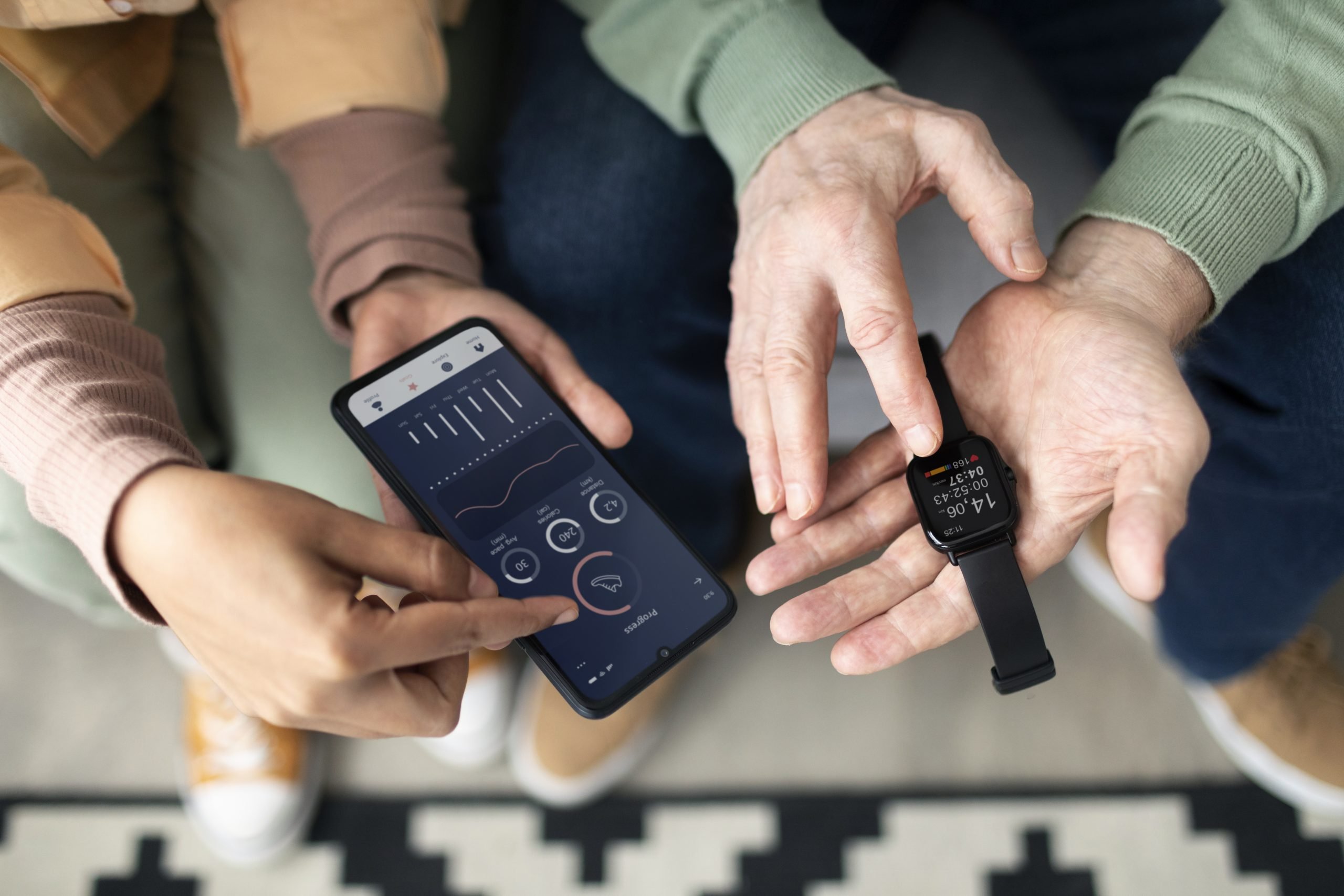
Future Innovations in Healthcare
Disease Prevention and Management
As we look toward the horizon of healthcare technology, wearable devices are set to play a pivotal role in disease prevention and management. Imagine a future where these gadgets can not only track wellness but also predict potential health conditions before they arise.
For example, one of my neighbors enrolled in a study that uses wearables to monitor changes in vital signs continuously. This proactive approach allowed her healthcare provider to detect early indicators of diabetes, enabling timely intervention. Future innovations may include:
- AI-powered predictions: Analyzing data to anticipate health risks based on patterns.
- Personalized recommendations: Tailoring health tips and lifestyle changes for users based on their unique data.
- Integrated medication reminders: Keeping patients on track with their prescriptions.
Remote Patient Monitoring
Remote patient monitoring is another exciting frontier, particularly as telehealth becomes more mainstream. Wearables equipped with sophisticated sensors can exchange real-time health data with medical professionals, fostering a more connected healthcare experience.
My friend, who has a chronic condition, recently began using a remote monitoring device that tracks his health metrics and shares them directly with his doctor. This ease of communication has significantly improved his confidence in managing his illness. Key aspects of remote monitoring include:
- Continuous health tracking: Allows for timely adjustments to treatment plans.
- Emergency alerts: Instant notifications to medical personnel in case of critical health changes.
- Patient engagement: Encouraging proactive participation in health decisions.
The integration of these innovations into wearable technology not only enhances individual patient experiences but also represents a significant leap toward a more efficient and responsive healthcare system.
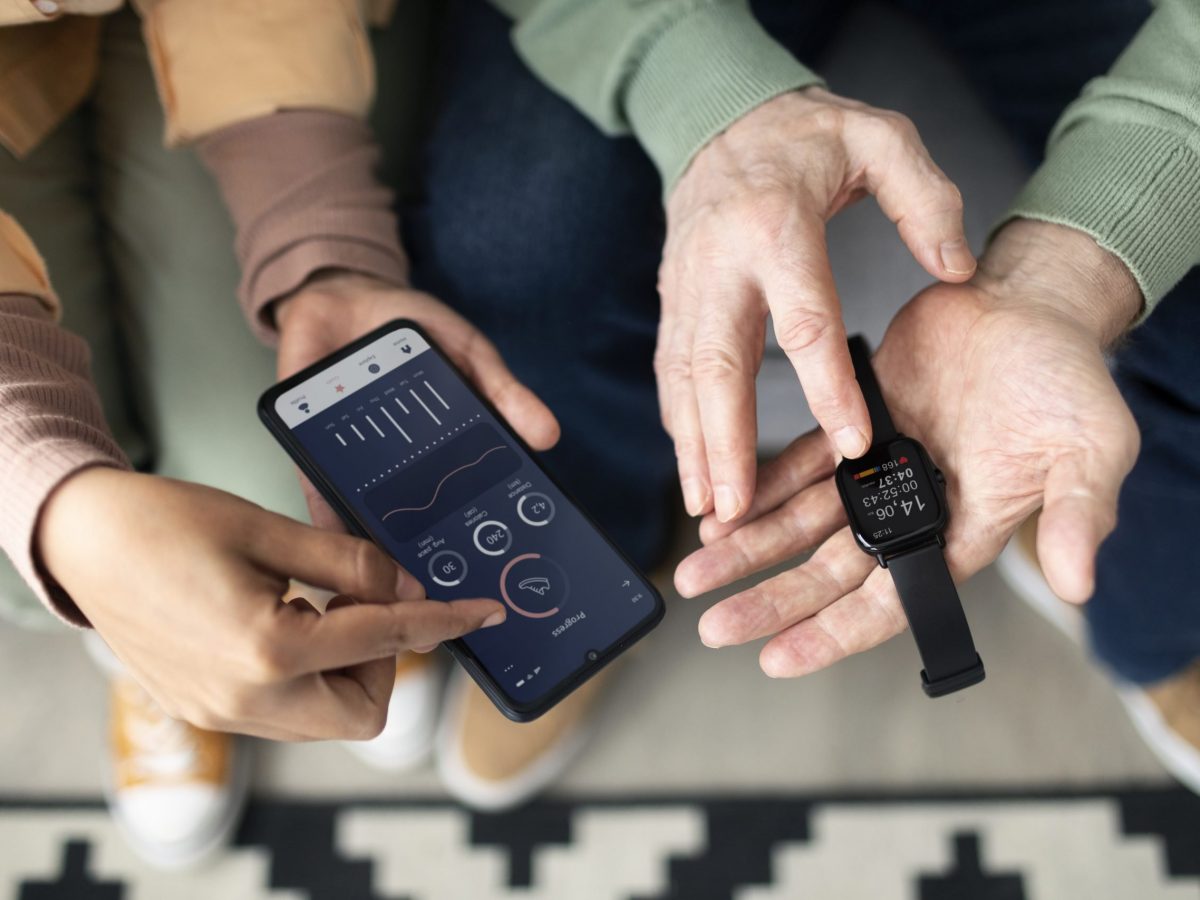
Beyond Health: Wearables in Different Sectors
Fashion and Accessories
As wearable technology evolves, it’s not just about health anymore; it’s also making waves in the fashion and accessories industry. Designers are now integrating technology seamlessly into chic outfits, making wearables not only functional but also stylish.
I remember the first time I saw a smartwatch that resembled a high-end bracelet rather than a typical device. It was equipped with fitness tracking and notifications while complementing the wearer’s attire perfectly. Key trends in fashion wearables include:
- Smart jewelry: Rings and necklaces that track activity while looking like exquisite pieces.
- Stylish fitness wear: Clothing with embedded sensors to monitor body metrics while exercising.
- Customizable faces: Smartwatches that allow users to change their displays akin to changing outfits.
Sports and Entertainment
The sports and entertainment sectors are leveraging wearables like never before, enhancing not only performance but also viewer experience. Athletes are now using high-tech garments to monitor their physical output and optimize training.
A close friend who plays professional soccer uses a GPS-enabled vest during practice to track his movements and exertion levels. The data helps coaches adjust training sessions based on player performance. Characteristics of this trend include:
- Performance analytics: Wearables that provide detailed statistics for athletes.
- Fan engagement: Devices that connect fans with real-time stats during live games.
- Augmented reality: Wearables that provide immersive experiences, such as through VR headsets.
In both fashion and sports, wearable technology is breaking boundaries and reshaping industries. By combining style and performance, wearables continue to enhance our environments and experiences in profound ways.
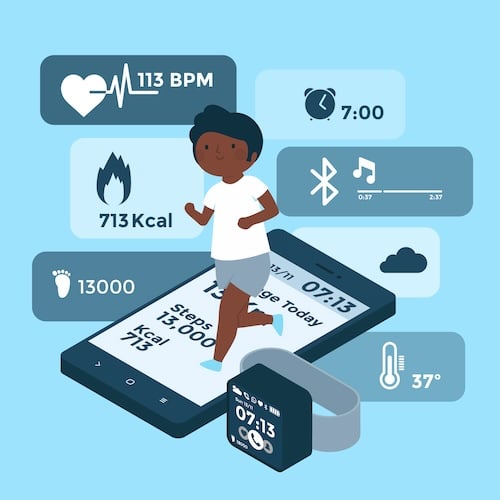
Challenges and Concerns
Data Privacy and Security
Despite the exciting advancements in wearable technology, there are significant challenges surrounding data privacy and security. With wearables continually collecting sensitive personal information, users often find themselves in a complex situation regarding who holds their data and how it’s handled.
Just the other day, a colleague expressed concerns after realizing her fitness app shared location data with third parties. This raised eyebrows about how secure her health information really was. Key considerations include:
- Data breaches: The risk of unauthorized access to personal health information.
- Informed consent: Users must understand what data is being collected and how it’s used.
- Secure data storage: Companies need robust systems to protect sensitive information.
Ethical Considerations
Alongside data privacy, ethical considerations are emerging as vital discussions within the realm of wearables. With the power to monitor health metrics comes the responsibility of ensuring those metrics are interpreted and used ethically.
For instance, employers increasingly use wearables to track employee health, which can lead to potential misuse of information. This situation poses a dilemma on issues such as:
- Workplace surveillance: Monitoring may infringe on personal privacy at work.
- Bias in health data: Potential inequities in health metrics, depending on demographic factors.
- Informed autonomy: Users should be empowered to make choices without coercion from external parties.
Navigating these challenges is essential as society continues to integrate wearables into daily life. Solutions must be sought to balance innovation with ethical responsibility, ensuring that technology serves the best interest of its users.

The Role of Artificial Intelligence
Enhancing Wearable Devices
Artificial Intelligence (AI) is revolutionizing the landscape of wearable technology, making these devices smarter and more adaptive than ever before. By leveraging AI algorithms, manufacturers can enhance user experiences, providing tailored insights that cater to individual needs.
For instance, a friend of mine recently upgraded to a smartwatch that uses AI to analyze not just his activity levels but also his stress responses. The device provides personalized notifications for mindful breathing exercises when it detects increased heart rates. Some notable enhancements include:
- Adaptive tracking: AI learns user behaviors to offer real-time suggestions for improvement.
- Voice recognition: Seamlessly interacting with devices using natural language commands.
- Data integration: Combining inputs from various devices for comprehensive health monitoring.
Predictive Analytics
Moving beyond real-time data, AI-driven predictive analytics is setting the stage for proactive health management. By analyzing historical data patterns, wearables can anticipate health events before they occur, allowing users to take preventive action.
Just imagine wearing a device that alerts you about potential health issues before they escalate! Features of predictive analytics in wearables include:
- Risk assessments: Identifying individuals at risk for certain health conditions.
- Tailored interventions: Offering personalized health strategies based on predictive outcomes.
- Long-term tracking: Mapping trends over time to inform future health choices.
The integration of AI within wearable devices not only enhances their functionality but also empowers users with invaluable insights, fostering a proactive approach to health and wellness. As AI technology continues to evolve, the possibilities for wearables in everyday life are boundless.
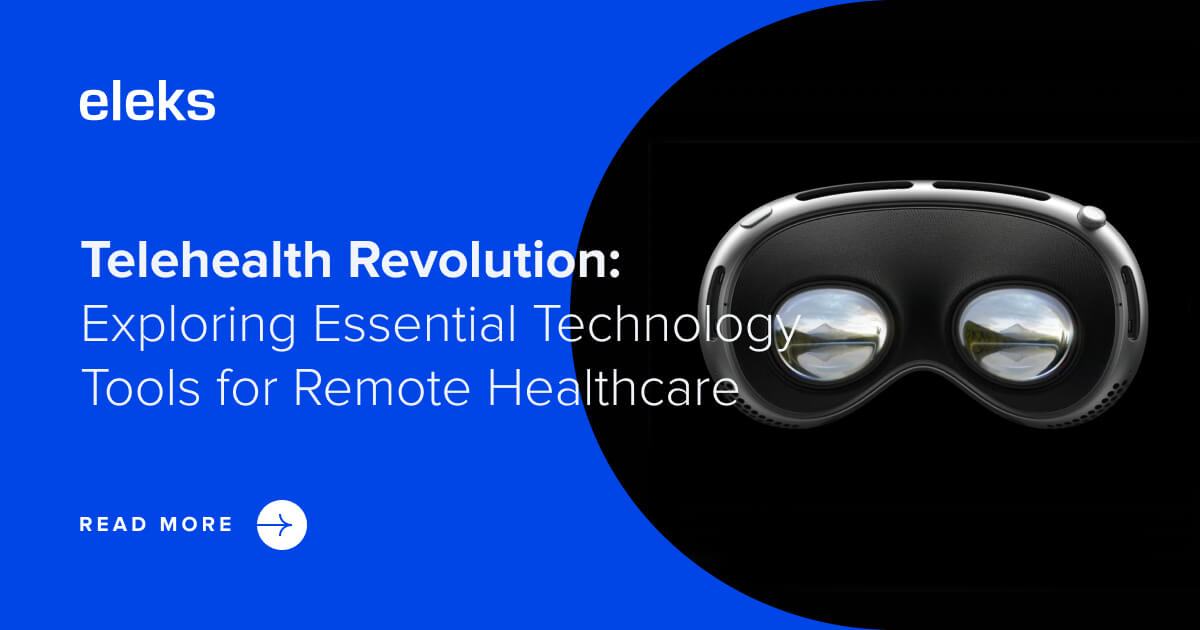
Collaboration and Integration
Interconnectivity with Smart Home Devices
The future of wearable technology is taking an exciting turn with its seamless integration into smart home ecosystems. Imagine walking into your home, and your wearable device communicates with your smart thermostat to adjust the temperature based on your activity level or even your recent workouts.
I’ve been amazed at how my fitness tracker syncs with my smart lights, changing their hue to a calming blue after an intense workout. The sweet synergy between wearables and smart home devices offers features such as:
- Automated environments: Lighting and temperature adjustments based on physical activity.
- Health reminders: Notifications sent to smart devices for hydration or medication.
- Safety alerts: Emergency systems that trigger if a wearable detects a significant health issue.
Medical Professionals’ Adoption
As wearable technology continues to evolve, medical professionals are increasingly recognizing its immense potential in patient care. Many healthcare providers are adopting these devices to enhance patient monitoring and improve outcomes.
For instance, a relative of mine recently had surgery and received a wearable that tracked her vitals post-op. Her physician was able to receive real-time updates, allowing for swift intervention when necessary. Key aspects of medical professionals’ adoption include:
- Real-time monitoring: Enhanced ability to track patient health remotely.
- Data-driven decisions: More informed diagnoses based on continuous data analytics.
- Patient engagement: Encouraging patients to actively participate in their healthcare management.
The collaboration between wearable technology, smart home devices, and the healthcare sector is paving the way for a more integrated approach to health and wellness. This interconnectedness enriches user experience and strengthens the overall healthcare ecosystem, improving lives in countless ways.
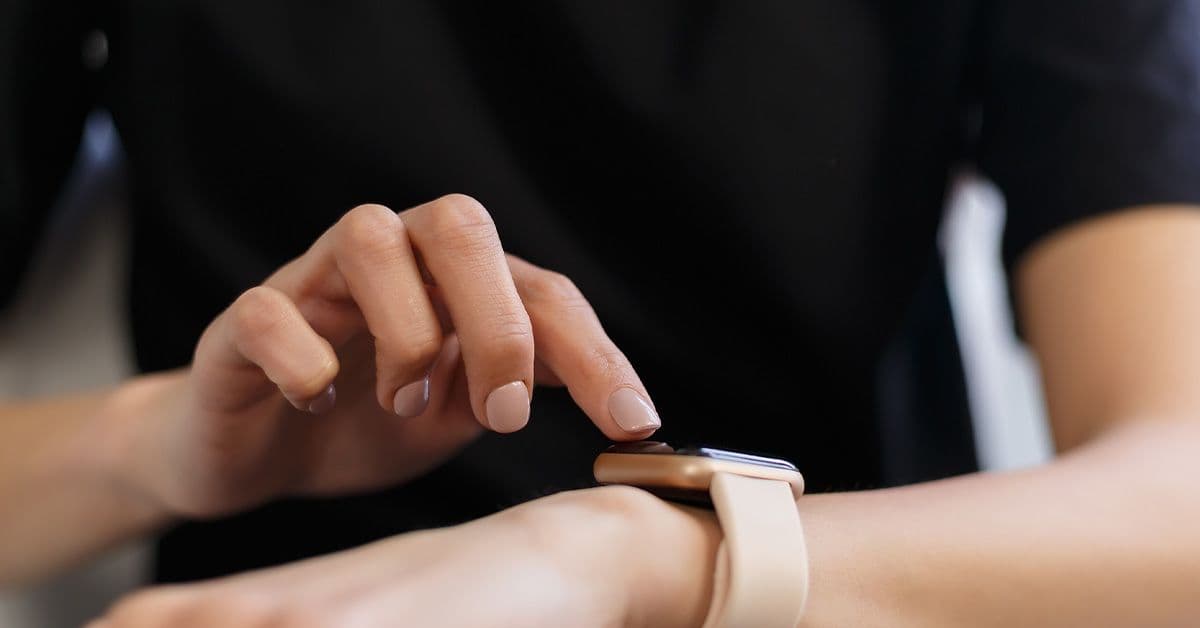
Impact on Society and Individuals
Health and Lifestyle Changes
The advent of wearable technology has undeniably transformed health and lifestyle approaches on both personal and societal levels. These devices have empowered users by providing real-time insights into their health, fostering healthier habits.
For example, my cousin used a fitness tracker to set personal challenges, which ultimately led her to lose weight and run a marathon! Wearables encourage individuals to:
- Monitor daily activity: Tracking steps and calories burned enhances accountability.
- Promote healthier choices: Users receive reminders for hydration or exercise, creating a more disciplined lifestyle.
- Encourage social sharing: Many individuals engage with friends through fitness challenges, adding a community aspect to personal health.
Economic and Social Implications
As wearable technology continues to grow, its economic and social implications cannot be overlooked. The market for wearables is booming, creating jobs in tech innovation, healthcare, and user support.
Additionally, integrating wearables into healthcare reduces costs for both individuals and insurers by promoting preventive measures. Some key economic and social effects include:
- Job creation: Increased demand for professionals skilled in developing and maintaining wearable technology.
- Healthcare cost reduction: Fewer emergency room visits as continuous monitoring allows for prompt intervention.
- Shift in healthcare dynamics: Patients increasingly take charge of their health, fostering a more engaged society.
In summary, wearable technology’s influence goes beyond individual health; it impacts societal dynamics and the economy as well. As we embrace these changes, we must also consider how to balance innovation with privacy and ethical standards to ensure everyone can reap the benefits.
.jpg)
Future Prospects and Speculations
Emerging Technologies
The horizon of wearable technology is brimming with potential as emerging technologies continue to take shape. Innovations in fields such as biometrics, microelectronics, and materials science are set to redefine what wearables can do.
For instance, I recently came across a prototype of a fabric that can monitor heart rate and temperature without any bulky device. This is just one example of how we can expect wearables to become more integrated into our everyday lives. Upcoming trends include:
- Embedded sensors: Future wearables may feature sensors seamlessly woven into clothing, making tracking health metrics nearly imperceptible.
- Advanced AI integration: Enhanced algorithms will enable deeper insights into personal health trends.
- Emotion-sensing technology: Devices could analyze physiological signals to provide emotional wellness tips.
User Experience Enhancement
As technology advances, enhancing user experience will continue to be a priority. The goal is to make wearables not just functional but also enjoyable and intuitive to use.
A friend of mine recently shared how her smartwatch’s new interface was designed with user feedback in mind, making it more intuitive and easier to access vital information. Future enhancements might involve:
- Personalized interfaces: Customizable dashboards tailored to individual preferences and needs.
- Haptic feedback: Sensory responses that offer subtle cues for notifications or alerts.
- Interactive features: Integrating voice-based commands and augmented reality for richer user interactions.
Looking ahead, the marriage of emerging technologies and focused user experience improvements promises a future where wearable devices not only enhance our health and wellness but also seamlessly blend into our daily lives. As we anticipate these developments, one thing is certain: the future of wearable technology holds immense promise.

Conclusion and Outlook
Summary of Impacts
As we reflect on the transformative journey of wearable technology, it’s clear that its impacts are profound and far-reaching. From enhancing personal health monitoring to redefining social interactions and economic dynamics, wearables have woven themselves into the fabric of modern life.
For instance, the way my friends and I motivate each other through fitness challenges exemplifies the community-building aspect of these devices. Key takeaways include:
- Empowered individuals: Wearables allow users to take charge of their health and wellness.
- Cost savings: Preventive care through real-time monitoring reduces healthcare expenditures.
- Increased engagement: Both users and healthcare professionals benefit from an interconnected approach to health.
Forecasts and Recommendations
Looking forward, the progression of wearable technology is likely to accelerate, fueled by innovation and user demand. However, it’s essential to address ongoing challenges such as data privacy and ethical considerations.
To harness the full potential of wearables, I recommend:
- Prioritizing user education: Ensuring consumers understand how to protect their data while enjoying device benefits.
- Encouraging collaborations: Fostering partnerships between tech companies and healthcare providers for more comprehensive solutions.
- Advocating for ethical standards: Establishing regulations that safeguard user rights and ensure responsible data use.
In conclusion, as we stand on the brink of exciting advancements, the future of wearable technology holds the key to healthier individuals and a more connected society. Embracing this technology undoubtedly paves the way for innovative solutions and better lives for all.
